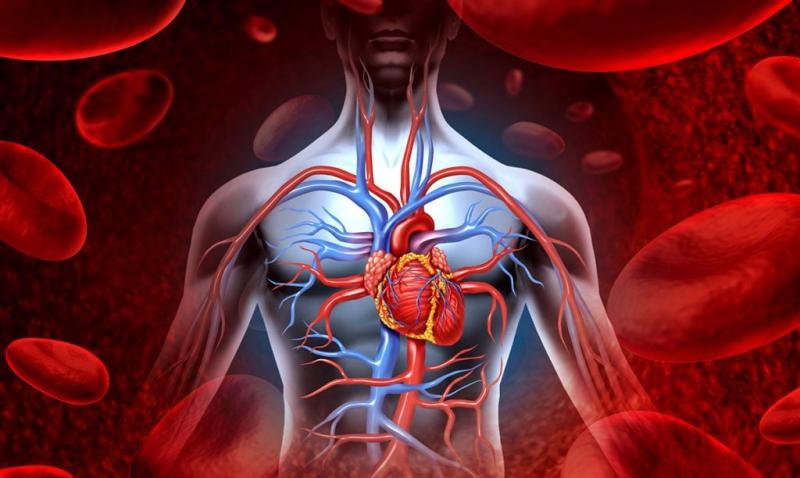What are the symptoms of not enough oxygen?
A lack of oxygen, known as hypoxia, can lead to various symptoms that may vary in severity depending on the extent and duration of oxygen deprivation. It's important to note that severe oxygen deprivation can be a medical emergency, and immediate attention is required. Here are common symptoms of not enough oxygen:
Shortness of Breath:
- Difficulty breathing or feeling like you can't get enough air.
Rapid Breathing:
- Breathing at a faster rate than normal, also known as tachypnea.
Confusion:
- Feeling disoriented, confused, or having difficulty concentrating.
Cyanosis:
- Bluish discoloration of the skin, especially around the lips and fingertips. This occurs when oxygen levels in the blood are significantly reduced.
Dizziness or Lightheadedness:
- Feeling dizzy, lightheaded, or experiencing a sense of unsteadiness.
Headache:
- Persistent or severe headaches can be a symptom of inadequate oxygen supply to the brain.
Chest Pain:
- Chest pain or discomfort may occur, especially if the heart is not receiving enough oxygen.
Fatigue:
- Extreme tiredness or weakness, even with minimal physical exertion.
Rapid Heart Rate (Tachycardia):
- An increased heart rate, which the body may attempt to compensate for the reduced oxygen levels.
Shortness of Breath at Rest:
- Difficulty breathing even when at rest, which is a more severe indication of oxygen deprivation.
Decreased Coordination:
- Difficulty coordinating movements, leading to clumsiness or unsteady gait.
Loss of Consciousness:
- In severe cases, a lack of oxygen can lead to loss of consciousness or fainting.
It's important to recognize that these symptoms can be caused by various medical conditions, not just oxygen deprivation. If you or someone else is experiencing symptoms of oxygen deprivation, seek immediate medical attention. Emergency medical services should be called for severe symptoms, such as loss of consciousness or persistent difficulty breathing.
Underlying causes of hypoxia can include respiratory conditions (such as pneumonia or chronic obstructive pulmonary disease), cardiovascular issues, high altitudes, or other factors affecting the oxygen-carrying capacity of the blood. Proper diagnosis and treatment are essential to address the root cause and restore oxygen levels to a normal range.
What physical signs indicate low oxygen levels in the body?
Low oxygen levels in the body, also known as hypoxia, can manifest various physical signs and symptoms. These symptoms can range from subtle to severe depending on the severity of oxygen deprivation and the individual's overall health.
Shortness of Breath (Dyspnea): Shortness of breath, often described as a feeling of breathlessness or air hunger, is a common symptom of hypoxia. It occurs when the body's demand for oxygen exceeds its supply, causing difficulty in breathing and a sensation of not getting enough air.
Rapid Breathing (Tachypnea): Rapid breathing, also known as tachypnea, is another common sign of hypoxia. As the body tries to compensate for low oxygen levels, it increases the respiratory rate to take in more oxygen. Rapid breathing may be accompanied by a feeling of breathlessness or chest tightness.
Confusion and Impaired Mental Function: Hypoxia can impair brain function, leading to confusion, disorientation, and difficulty thinking clearly. This is because the brain is highly sensitive to oxygen deprivation and requires a constant supply to function properly.
Headache: Headaches can occur as a result of hypoxia, particularly in the context of sudden oxygen deprivation. This is because low oxygen levels can cause blood vessels in the brain to dilate, leading to pain and discomfort.
Bluish Skin Coloring (Cyanosis): In severe cases of hypoxia, the skin may develop a bluish tint, particularly around the fingertips, lips, and earlobes. This is because deoxygenated blood, which is lower in oxygen content, has a bluish appearance.
Rapid Heart Rate (Tachycardia): The heart may respond to hypoxia by increasing its rate, known as tachycardia. This is an attempt to deliver more oxygenated blood to the body's tissues. However, in severe cases, tachycardia can lead to strain on the heart and further complications.
Fatigue and Weakness: Hypoxia can cause fatigue and weakness, making it difficult to perform even simple tasks. This is because oxygen is essential for cellular metabolism, and low oxygen levels can impair the body's ability to function properly.
Loss of Consciousness: In extreme cases of hypoxia, loss of consciousness can occur as the brain becomes severely deprived of oxygen. This is a medical emergency and requires immediate attention.
It is important to note that these symptoms can also be caused by other medical conditions, so it is crucial to seek medical attention if you are experiencing any of them. Early diagnosis and treatment of hypoxia can help prevent complications and improve overall health.












